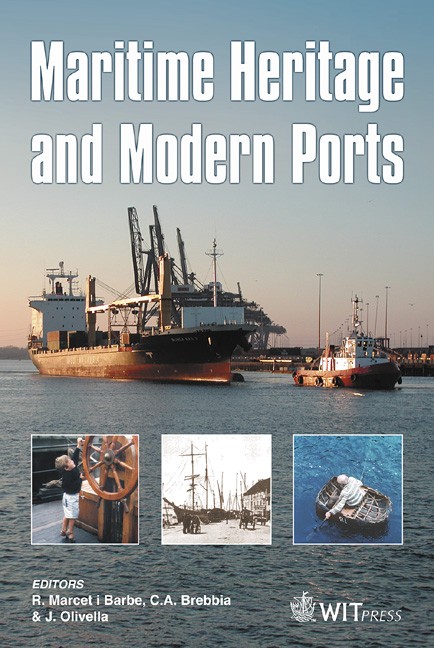Tension Membrane Water Retaining Structures
Price
Free (open access)
Transaction
Volume
79
Pages
10
Published
2005
Size
1,302 kb
Paper DOI
10.2495/MH050401
Copyright
WIT Press
Author(s)
M. Cullen
Abstract
Since the first recorded use of mitre gates in a canal in Milan during the 15 th century there is a consistent aspect to all gate styles. Whether the gate style is mitre, flap, or sector the main structural element is rigid. From the earliest gates that were constructed from structural timber to be followed by iron and currently to steel, gates are all designed to be rigid. Rigid in that the design assumes an elastic deformation, perhaps with plastic design applying appropriate factors of safety with bending moments, shear forces and axial loading: compression and tension. The resulting gate’s structure will utilise the basic structural components of beam, strut and/or arch. These fundamental structural components are well established in not only gate design, but also for building design, bridge design, etc. However, there would be an outcry if the design of a sail for a boat were rigid. Sails are flexible to allow their easy storage, manoeuvring into position and freedom to best respond to wind loading. As there are fundamental similarities to gas and fluid physics why not use a flexible membrane in a structural context to control water levels in maritime uses such as lock gates? The following sections will consider the established gate forms and their inefficiencies in retaining water levels together with the changing operational maritime environment of such structures. Also to be discussed is the use of an alternative, innovative form of gate structure as a way forward in water retention for maritime uses. Keywords: gates, flexible membrane, environment, water retaining, locks. 1 Introduction It is believed Leonardo Da Vinci [1] was the first to design mitre gates in the 15 th century when he was advising on the construction of a moat for the defence of Milan. Over 200 years before Da Vinci’s work the Naviglio Grande Canal was
Keywords
gates, flexible membrane, environment, water retaining, locks.





